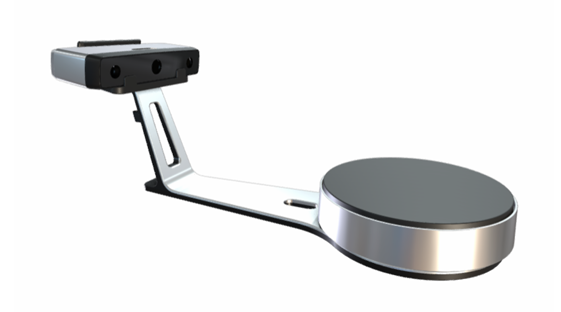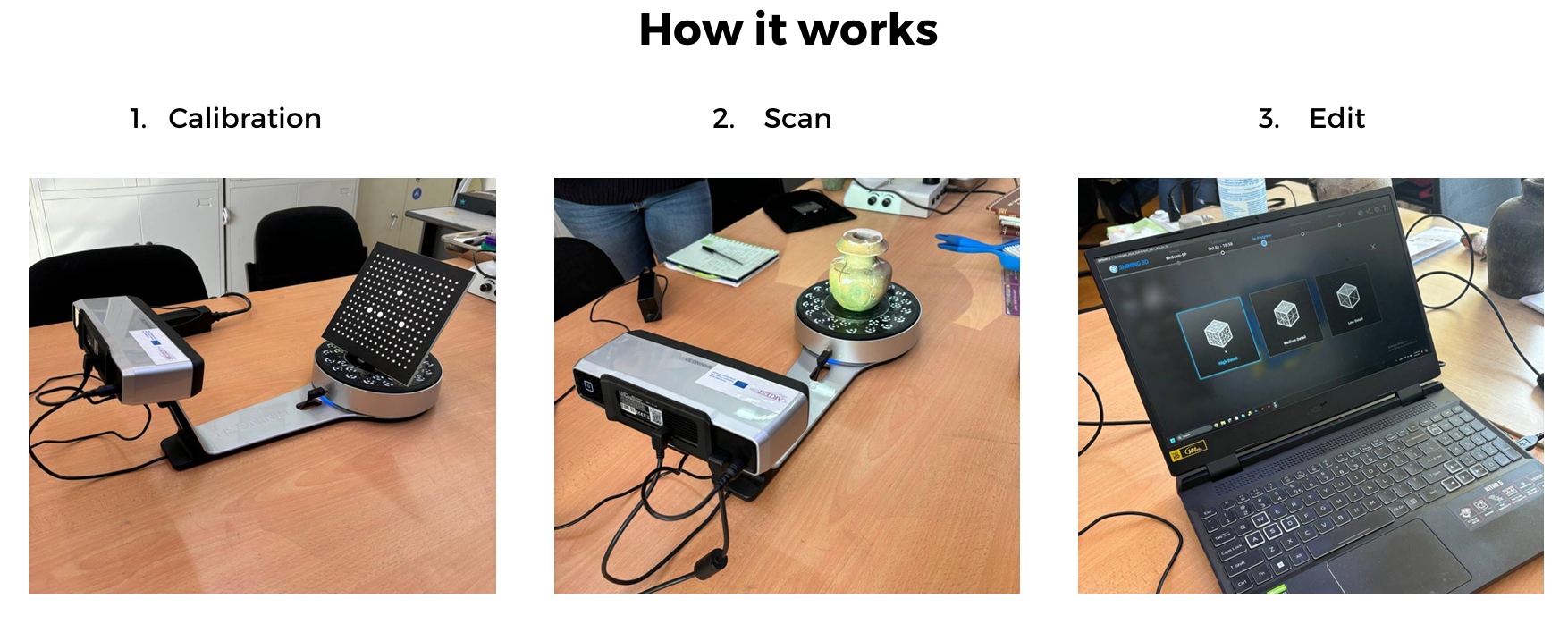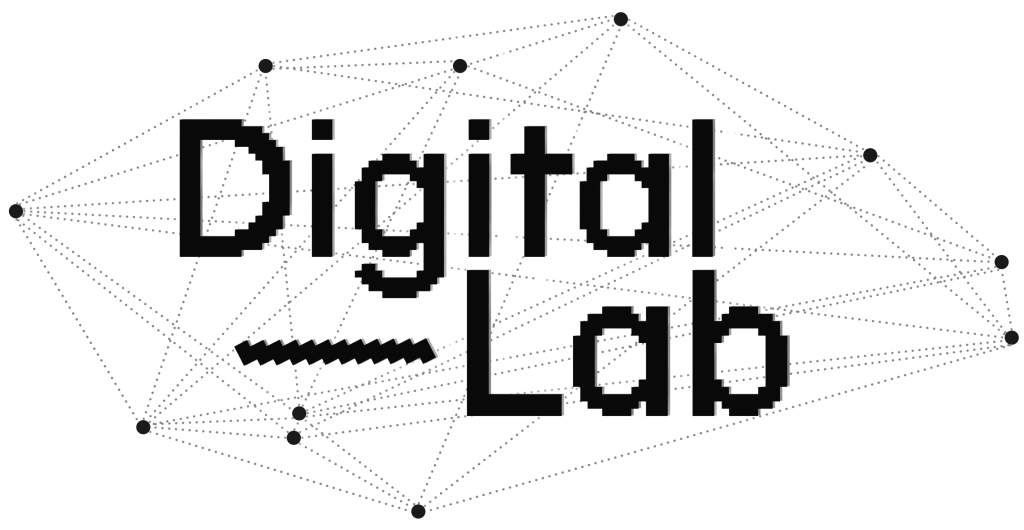Introduction
The mini-project carried out at the National University of Mongolia, as part of the student exchange program of the ARTEST project (Enhancing Education Programs in Arts and Humanities via EU STEM Methods and Technologies), focused on the creation of three-dimensional objects from a digital model.
Laser Scanning Survey Phase
To create this model, the advanced technology of laser scanning was used, designed to acquire documentation and three-dimensional digitalization of objects. This laser or structured light scanning technology enables the creation of high-precision 3D models that can be applied to a wide range of fields, including cultural heritage.
The study was conducted on several archaeological findings discovered in tombs in Mongolia, dating back to the Xiognu period (3rd century BCE to 1st century CE). Specifically, the research focused on the artifact AAT176 – “Lamp-shaped terracotta container,” found in 2005 at Burial-97 near Arkhangai Tamiriin Ulaan Khoshuu.
The laser scanner used is the EinScan-SP Platinum Desktop 3D Scanner, developed by Shining 3D, featuring a rotating plate on which the object to be scanned is placed.
The object must be larger than 30x30x30 millimeters, weigh less than 5 kilograms, and be positioned at a specified distance from the scanner.

The device emits a laser beam that, reflecting off the surfaces, allows for the collection of high-precision data about the object. The result is a point cloud that details the three-dimensional geometry of the object.
However, difficulties arise when scanning transparent objects (glass), shiny or reflective objects (painted metal parts), dark-colored objects, and blurry items. In some cases, the solution involves applying white powder to the objects.
Stages of Using the EinScan
This type of laser works through a series of stages:
Editing:
Once the scan is complete, the next step is editing the 3D model. This phase involves cleaning, aligning (automatically or manually, if multiple scans from different angles are taken), smoothing, and enhancing the 3D model for future use. Finally, a mesh is created by choosing between “waterlight” (a closed model that can be printed directly) or “unwaterlight” (an open model that retains the missing scanned area as it is, usually selected for further design work in other programs). Available formats include .asc, .stl, .obj, and .ply.
Calibration:
This involves the fixed positioning of the scanner and a series of operations to align it with reference points using a tablet placed at the center of the rotating plate, facing the scanner and rotated in three directions, according to white balance. Proper execution of this stage ensures a reliable final result.
Scanning:
The laser is projected to detect the surface of the object. This can be done with or without texture depending on the model and is capable of capturing different levels of detail. Additionally, brightness can be adjusted.

Conclusion
In conclusion, the use of laser scanning for the creation of 3D models has provided numerous advantages, making the conservation and sharing of archaeological artifacts more efficient and accessible. Key benefits of this technology include high precision in capturing object details, allowing for extremely accurate depictions, and the speed of the scanning process, which reduces working time without compromising quality. Its ease of use, even for users without advanced 3D modeling experience, makes this technology accessible. Furthermore, being a non-invasive technique, it does not damage the objects during the scanning process, preserving their integrity.
The compatibility with 3D printers is another significant advantage, as it allows the export of models in various formats (such as OBJ) to create precise physical replicas of the scanned objects. Advanced post-processing functions, such as model cleaning, alignment of multiple scans, and the creation of smooth, detailed surfaces, allow for further improvement of the 3D models.
Additionally, the ease of sharing the models facilitates the global dissemination and preservation of cultural heritage, while the long-term digital conservation of models ensures that these objects can be archived and protected for future generations. Collecting data to create virtual representations allows for the exploration of objects from various angles and scales, offering new opportunities for study and engagement. Thanks to all these advantages, laser scanning technology is becoming an essential tool for the conservation and enhancement of cultural heritage.

Leave a Reply